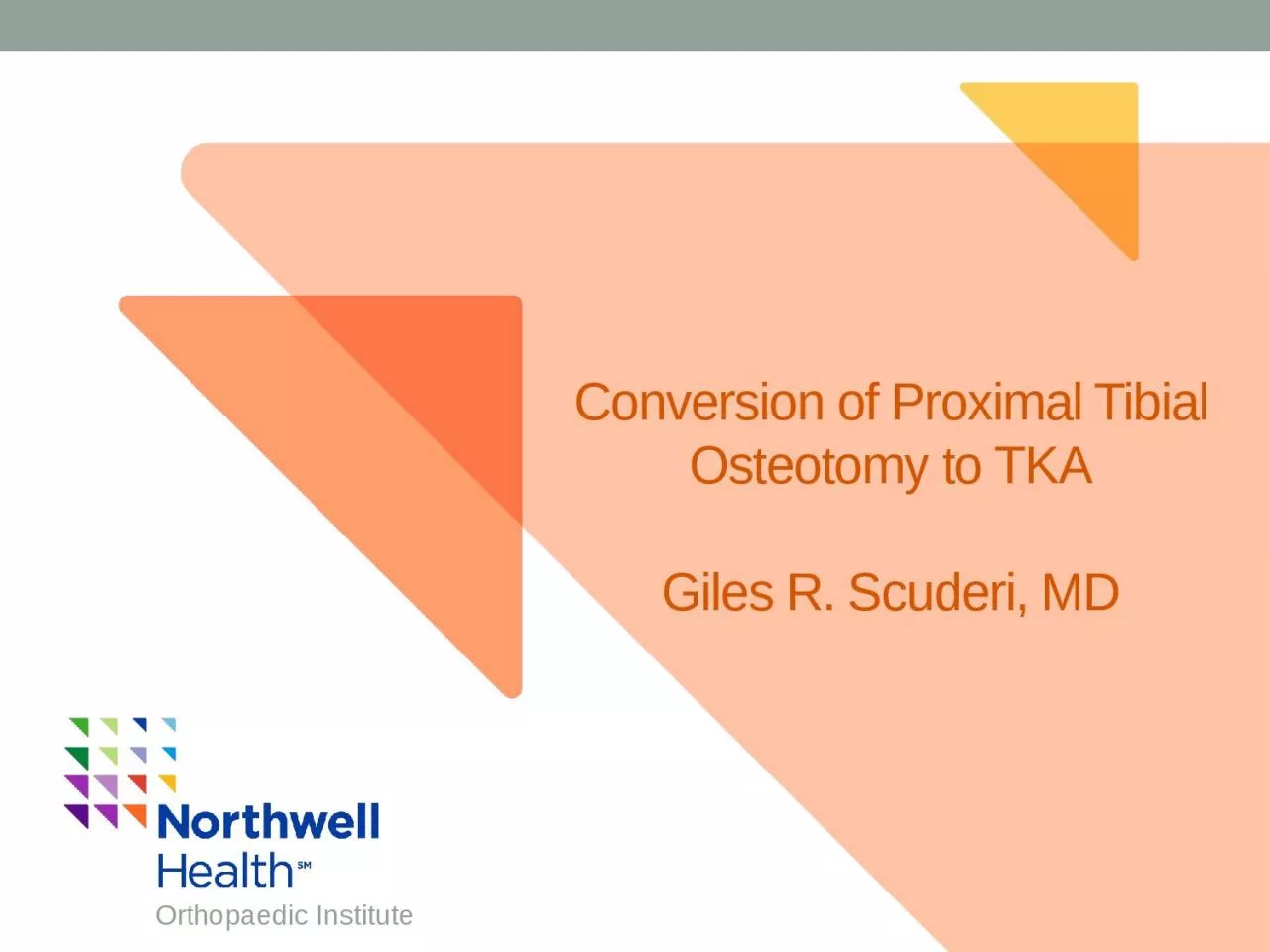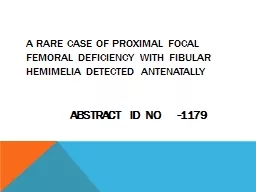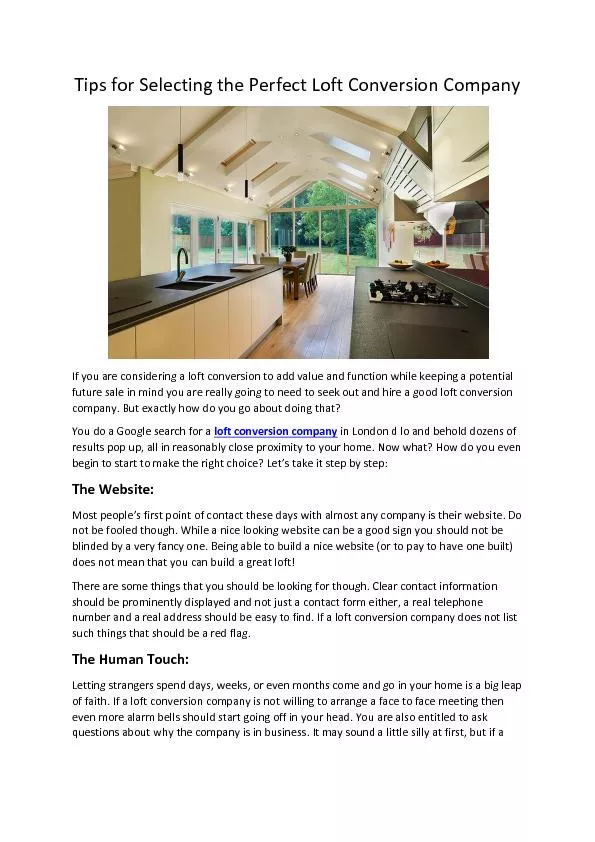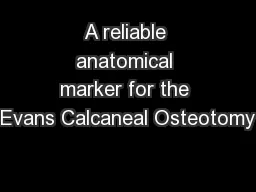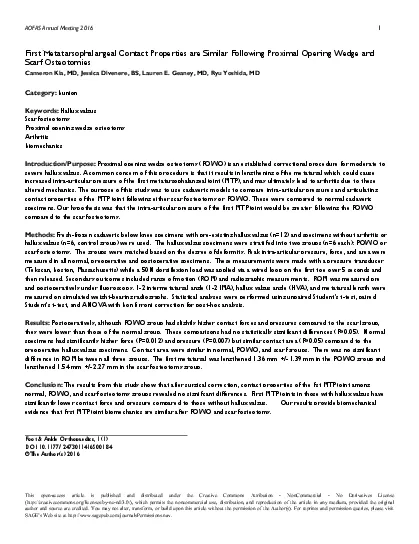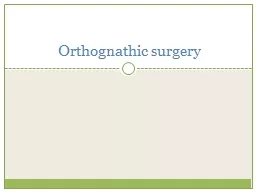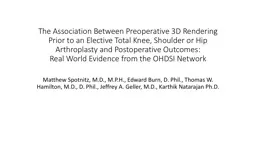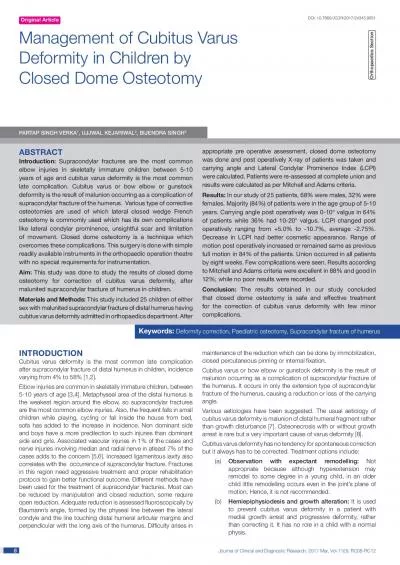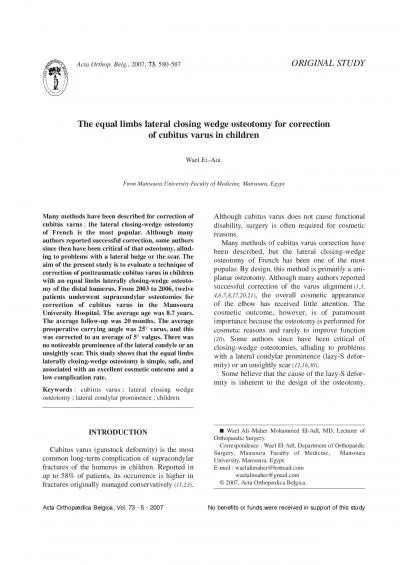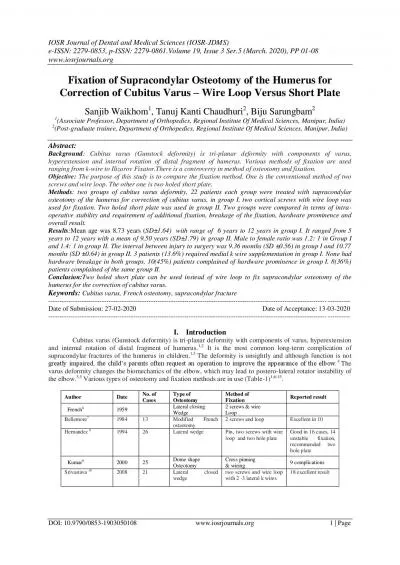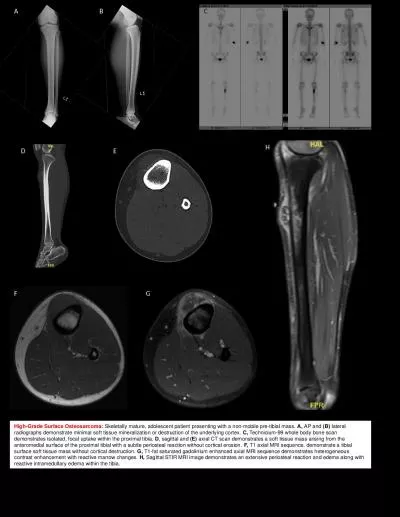PPT-Conversion of Proximal Tibial Osteotomy to TKA
Author : oryan | Published Date : 2023-07-22
Giles R Scuderi MD Disclosures Consultant and Royalties Zimmer Biomet Consultant Medtronic Convatec Pacira Force Therapeutics Research Support Pacira Society BOD
Presentation Embed Code
Download Presentation
Download Presentation The PPT/PDF document "Conversion of Proximal Tibial Osteotomy ..." is the property of its rightful owner. Permission is granted to download and print the materials on this website for personal, non-commercial use only, and to display it on your personal computer provided you do not modify the materials and that you retain all copyright notices contained in the materials. By downloading content from our website, you accept the terms of this agreement.
Conversion of Proximal Tibial Osteotomy to TKA: Transcript
Download Rules Of Document
"Conversion of Proximal Tibial Osteotomy to TKA"The content belongs to its owner. You may download and print it for personal use, without modification, and keep all copyright notices. By downloading, you agree to these terms.
Related Documents

